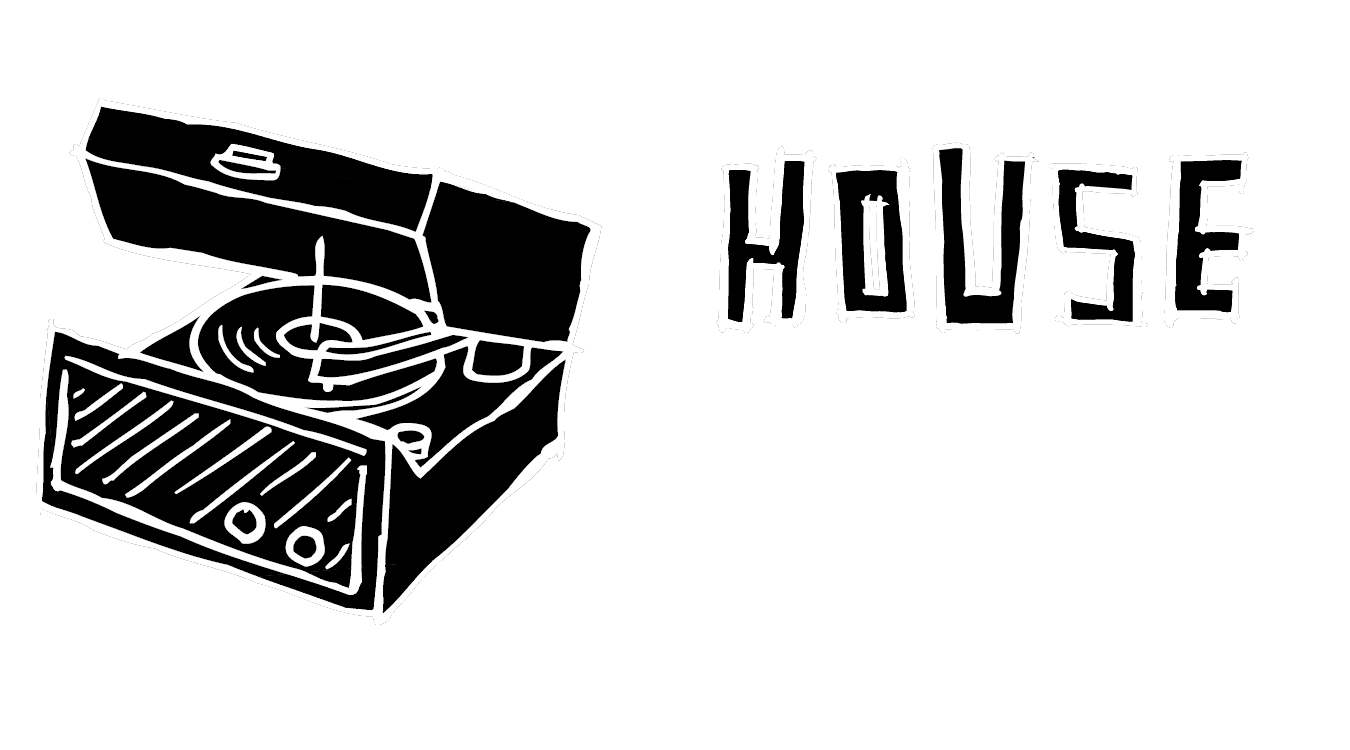In music, there are many unfamiliar terms that individuals may come across. Usually, it’s a challenge to come up with a clear understanding of the actual meaning of these terms if you don’t have sufficient background in music, events, and public activities. In this blog, you’ll learn some important terms in music and how they relate to one another.
What Is the Relationship Between Overtones and Harmonics?
An overtone is any frequency above the fundamental frequency of a sound. The fundamental frequency is also known as the first harmonic. A harmonic is any component frequency of a periodic waveform. The overtones of a sound are its upper harmonics. The relationship between overtones and harmonics can be explained with the help of an example. Let’s say you’re playing a C note on a piano. The fundamental frequency of this note is 262 Hz. However, if you listen closely, you’ll also hear other notes playing along with it. These are called overtones or upper harmonics.
Another relationship between overtones and harmonics is that the overtones of a sound are integer multiples of its fundamental frequency. For example, if the fundamental frequency of a sound is 440 Hz, its second overtone would be 880 Hz (2 x 440), its third overtone would be 1320 Hz (3 x 440), and so on. This means that the overtones of a sound are always harmonics of its fundamental frequency.
The final relationship between overtones and harmonics is that the overtones of a sound determine its timbre. Timbre is a sound quality that allows us to identify as being produced by a particular instrument or voice. It’s what allows us to distinguish between the sound of a piano and a guitar, for example. This is because each instrument produces a different mix of overtones.
How Do Overtones and Harmonics Effect Sound Quality?
The overtones of a sound can have a significant effect on its quality because they determine its timbre. In such a case, it will be straightforward to determine the quality of a sound based on the instruments producing it. As a musician, you must combine both harmonics and overtones and ensure that you have a significant sound quality that meets the listeners’ expectations.
The overtones of a sound can also be used to create special effects. For example, boosting the upper harmonics of a sound will make it sound brighter. Similarly, if you cut the upper harmonics of a sound, it will make it sound darker. That’s why it’s crucial to have a good understanding of the relationship between overtones and harmonics.
Conclusion
As you can see, there is a fundamental relationship between harmonics and overtones. However, you need to understand what they represent in music before clearly understanding how they relate to one another. Contact House of Music Productions to learn more.





